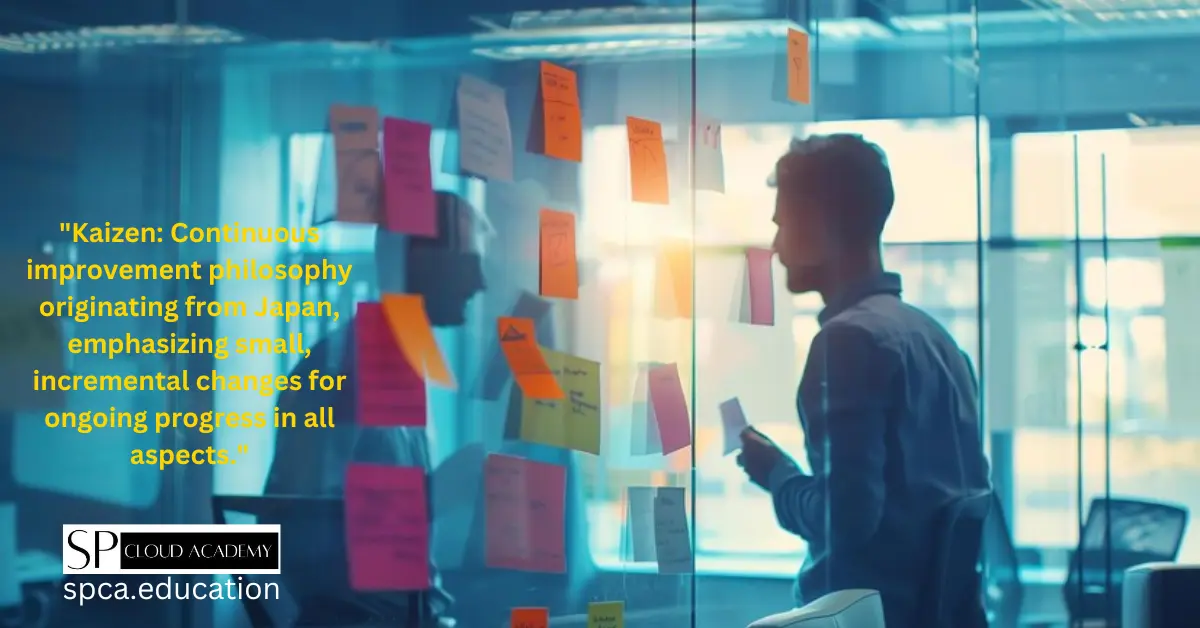Kaizen, derived from the Japanese words “kai” (change) and “zen” (good), is a philosophy and methodology that focuses on continuous improvement in all aspects of business operations. It is a powerful tool that can revolutionize your business by fostering a culture of constant growth and excellence.
In today’s fast-paced and competitive business environment, organizations need to constantly evolve and adapt to stay ahead. Kaizen provides a structured approach to achieving this by encouraging small, incremental changes that add up to significant improvements over time. By implementing Kaizen principles, businesses can optimize processes, enhance productivity, reduce waste, and ultimately achieve higher levels of customer satisfaction.

Understanding the Principles of Kaizen
At the core of Kaizen are several key principles that guide its implementation. These principles include:
1. Continuous Improvement: Kaizen emphasizes the importance of ongoing improvement in all areas of the business. It encourages employees at all levels to constantly identify opportunities for improvement and take action to implement them.
2. Respect for People: Kaizen places great importance on respecting and empowering employees. It recognizes that they are the ones closest to the work and are therefore best positioned to identify areas for improvement. By involving employees in the decision-making process, Kaizen fosters a sense of ownership and engagement.
3. Elimination of Waste: Waste is any activity or process that does not add value to the customer. Kaizen focuses on identifying and eliminating waste in all its forms, such as unnecessary motion, overproduction, waiting, defects, and excessive inventory. By reducing waste, businesses can streamline operations and improve efficiency.
The History and Origins of Kaizen
Kaizen has its roots in post-World War II Japan. In the aftermath of the war, Japan faced significant economic challenges and needed to rebuild its industries. It was during this time that several Japanese manufacturing companies, including Toyota, started adopting a new approach to production known as the Toyota Production System (TPS).
The TPS emphasized the importance of continuous improvement and waste reduction in manufacturing processes. It laid the foundation for what would later become known as Kaizen. Over the years, Kaizen has evolved and expanded beyond manufacturing, finding applications in various industries and sectors worldwide.
The Benefits of Implementing Kaizen in Your Business
Implementing Kaizen in your business can yield numerous benefits, including:
1. Increased Efficiency: By constantly identifying and eliminating waste, Kaizen helps streamline processes and improve efficiency. This leads to reduced costs, faster cycle times, and improved productivity.
2. Enhanced Quality: Kaizen emphasizes the importance of quality in all aspects of business operations. By continuously improving processes and eliminating defects, businesses can deliver products and services that meet or exceed customer expectations.
3. Engaged Workforce: Kaizen encourages employee involvement and empowers them to contribute to the improvement process. This fosters a sense of ownership, engagement, and satisfaction among employees.
4. Better Customer Satisfaction: Kaizen aims to deliver products and services that align with customer needs and expectations. By continuously improving processes, businesses can enhance customer satisfaction and loyalty.
5. Competitive Advantage: Continuous improvement through Kaizen allows businesses to stay ahead of the competition. By constantly evolving and adapting, organizations can be more agile and responsive to changing market demands.
Key Elements of a Successful Kaizen Program
To ensure the success of a Kaizen program, several key elements should be considered:
1. Leadership Support: Strong leadership support is crucial for the successful implementation of Kaizen. Leaders must champion the philosophy, provide the necessary resources, and actively participate in the improvement initiatives.
2. Employee Involvement: Kaizen is a bottom-up approach that relies on the involvement and input of employees at all levels. It is important to create a culture that encourages and rewards employee participation in the improvement process.
3. Clear Goals and Objectives: Setting clear and measurable goals is essential to track progress and keep the improvement efforts on track. These goals should align with the overall business objectives and be communicated effectively to all stakeholders.
4. Training and Education: Providing training and education on Kaizen principles and tools is essential to equip employees with the necessary skills and knowledge. This enables them to actively contribute to the improvement initiatives and sustain the changes over time.
5. Continuous Monitoring and Feedback: Regular monitoring and feedback are essential to ensure that the improvement initiatives are on track and delivering the desired results. This allows for timely adjustments and course corrections, if needed.
How to Get Started with Kaizen in Your Organization
Getting started with Kaizen in your organization involves several steps:
1. Create Awareness: Begin by creating awareness about Kaizen and its benefits among employees. Communicate the philosophy and principles to generate interest and enthusiasm.
2. Identify Improvement Opportunities: Encourage employees to identify improvement opportunities in their work areas. This can be done through regular brainstorming sessions, suggestion boxes, or improvement teams.
3. Prioritize Improvement Projects: Once improvement opportunities are identified, prioritize them based on their potential impact and feasibility. Start with smaller, manageable projects to build momentum and demonstrate quick wins.
4. Form Improvement Teams: Form cross-functional teams to work on the identified improvement projects. These teams should be empowered to make decisions and implement changes.
5. Implement and Evaluate: Implement the proposed changes and closely monitor their impact. Evaluate the results and gather feedback from employees and customers to assess the effectiveness of the improvements.
Examples of Successful Kaizen Projects in Different Industries
Kaizen has been successfully implemented in various industries and sectors. Here are some examples:
1. Manufacturing: In a manufacturing company, Kaizen was used to optimize the assembly line process. By eliminating unnecessary motion, reorganizing workstations, and reducing setup times, the company achieved significant cost savings and improved productivity.
2. Healthcare: In a hospital, Kaizen was implemented to streamline patient flow and reduce wait times. By reengineering processes and improving communication between departments, the hospital was able to provide faster and more efficient care to patients.
3. Retail: In a retail store, Kaizen was used to improve inventory management. By implementing just-in-time principles and reducing excessive inventory, the store reduced carrying costs and improved cash flow.
4. Service Industry: In a call center, Kaizen was implemented to improve customer service. By analyzing call data, identifying bottlenecks, and implementing process improvements, the call center achieved higher customer satisfaction scores and reduced call handling times.
Tools and Techniques for Implementing Kaizen
Several tools and techniques can be used to implement Kaizen effectively:
1. Value Stream Mapping: Value stream mapping is a visual tool that helps identify waste and inefficiencies in a process. It provides a holistic view of the current state and helps identify improvement opportunities.
2. 5S Methodology: The 5S methodology (Sort, Set in Order, Shine, Standardize, Sustain) is a systematic approach to workplace organization. It helps create a clean, organized, and efficient work environment.
3. Kaizen Events: Kaizen events, also known as rapid improvement events or Kaizen blitzes, are focused improvement workshops that aim to achieve significant improvements in a short period of time. These events bring together cross-functional teams to address specific improvement opportunities.
4. Plan-Do-Check-Act (PDCA) Cycle: The PDCA cycle is a continuous improvement framework that involves four stages: Plan (identify the problem and plan the improvement), Do (implement the improvement), Check (evaluate the results), and Act (adjust and standardize the improvement).
Overcoming Common Challenges in Kaizen Implementation
Implementing Kaizen can come with its fair share of challenges. Here are some common challenges and ways to overcome them:
1. Resistance to Change: Resistance to change is a common challenge in any improvement initiative. To overcome this, it is important to create a culture that embraces change, involve employees in the decision-making process, and communicate the benefits of Kaizen effectively.
2. Lack of Leadership Support: Without strong leadership support, Kaizen initiatives are likely to fail. To address this, it is important to educate leaders about the philosophy and benefits of Kaizen, and actively involve them in the improvement process.
3. Inadequate Training and Education: Lack of training and education can hinder the successful implementation of Kaizen. To overcome this, provide employees with the necessary training and education on Kaizen principles and tools.
4. Lack of Employee Engagement: Engaging employees is crucial for the success of Kaizen. To foster employee engagement, create a culture that encourages and rewards employee participation, provide opportunities for skill development, and recognize and celebrate successes.
Measuring the Success of Your Kaizen Initiatives
Measuring the success of your Kaizen initiatives is essential to track progress and identify areas for further improvement. Here are some key metrics to consider:
1. Cost Savings: Measure the cost savings achieved through Kaizen initiatives. This can include reductions in waste, improved resource utilization, and increased efficiency.
2. Productivity Improvements: Measure the impact of Kaizen on productivity. This can be done by tracking metrics such as cycle time, throughput, and output per labor hour.
3. Customer Satisfaction: Measure customer satisfaction levels before and after implementing Kaizen initiatives. This can be done through surveys, feedback, and customer reviews.
4. Employee Engagement: Measure employee engagement levels to assess the impact of Kaizen on workforce morale and satisfaction. This can be done through employee surveys and feedback.
5. Quality Improvements: Measure improvements in quality metrics, such as defect rates, customer complaints, and rework. This indicates the effectiveness of Kaizen in enhancing product and service quality.
Continuous Improvement Beyond Kaizen
While Kaizen is a powerful tool for continuous improvement, organizations should not limit themselves to Kaizen alone. Continuous improvement should be an ongoing effort that extends beyond Kaizen. Here are some additional approaches to consider:
1. Lean Six Sigma: Lean Six Sigma combines the principles of Lean (waste reduction) and Six Sigma (quality improvement) to achieve operational excellence. It emphasizes data-driven decision-making and statistical analysis.
2. Agile Methodology: Agile methodology, commonly used in software development, focuses on iterative and incremental project management. It promotes collaboration, adaptability, and continuous improvement.
3. Total Quality Management (TQM): TQM is a management philosophy that aims to achieve customer satisfaction through continuous improvement in all areas of the organization. It emphasizes the involvement of all employees and a focus on customer needs.
4. Innovation: Innovation is a key driver of continuous improvement. Organizations should encourage and support innovation initiatives to stay ahead of the competition and continuously improve products, services, and processes.
Conclusion: Embracing a Culture of Continuous Improvement
In conclusion, Kaizen is a powerful philosophy and methodology that can revolutionize your business by fostering a culture of continuous improvement. By implementing Kaizen principles and practices, organizations can optimize processes, enhance productivity, reduce waste, and ultimately achieve higher levels of customer satisfaction. However, Kaizen is just one approach to continuous improvement. Organizations should embrace a holistic approach that combines various methodologies and tools to drive ongoing growth and excellence.
To unlock the full potential of Kaizen, it is important to understand its principles, gain leadership support, involve employees at all levels, and provide the necessary training and resources. Overcoming common challenges, measuring the success of Kaizen initiatives, and continuously seeking opportunities for improvement are also critical. By embracing a culture of continuous improvement, organizations can stay ahead of the competition, adapt to changing market demands, and achieve long-term success.
CTA: Start your journey towards continuous improvement today by implementing Kaizen principles in your organization. Embrace change, involve your employees, and continuously seek opportunities for improvement. Remember, small, incremental changes can lead to significant improvements over time. Unlock the power of Kaizen and revolutionize your business!
Top 10 Kaizen-Based Books for Learning and Implementing Operational Excellence
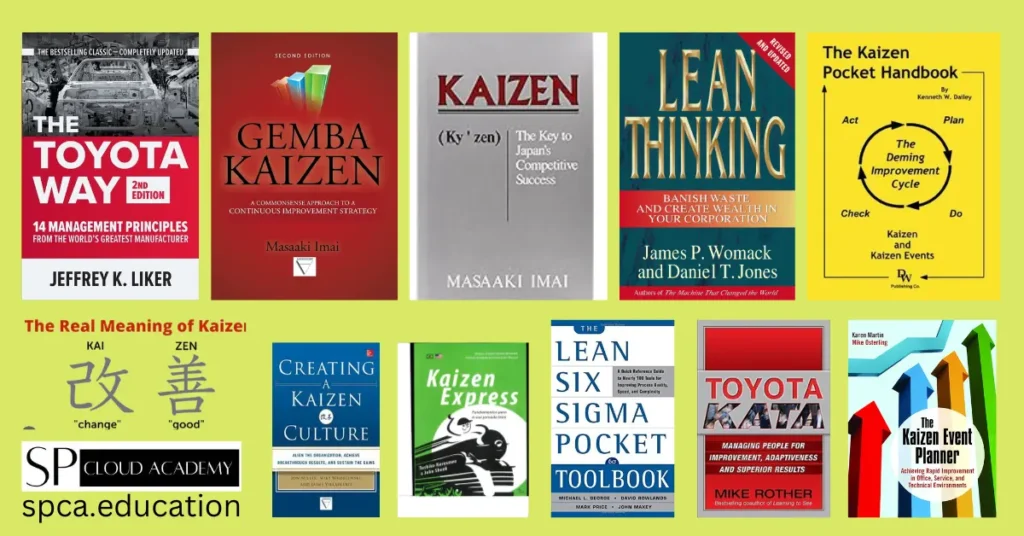
- “The Toyota Way” by Jeffrey Liker: This book explores the principles and practices behind Toyota’s success in implementing Kaizen and achieving operational excellence. It provides valuable insights into the Toyota Production System and highlights the importance of continuous improvement, respect for people, and long-term thinking.
- “Gemba Kaizen” by Masaaki Imai: Masaaki Imai is a renowned authority on Kaizen, and this book is a comprehensive guide to implementing continuous improvement in the workplace. It covers topics such as gemba walks, waste elimination, standardized work, and visual management.
- “Kaizen: The Key to Japan’s Competitive Success” by Masaaki Imai: In this book, Masaaki Imai explains the concept of Kaizen and its role in Japan’s economic success. He provides practical examples and case studies to illustrate how organizations can apply Kaizen principles to achieve operational excellence.
- “Lean Thinking” by James P. Womack and Daniel T. Jones: While not solely focused on Kaizen, this book introduces the concept of lean thinking, which aligns closely with Kaizen principles. It explores how organizations can eliminate waste, create value, and achieve operational excellence.
- “The Kaizen Pocket Handbook” by Kenneth W. Dailey: This pocket-sized handbook is a handy reference guide for implementing Kaizen. It provides practical tips, techniques, and tools for continuous improvement, including problem-solving methods, visual management, and standardization.
- “Creating a Kaizen Culture” by Jon Miller: This book offers insights into creating a culture of continuous improvement. It explores the mindset and behaviors required to sustain a Kaizen culture and provides guidance on empowering employees, fostering innovation, and driving operational excellence.
- “Kaizen Express” by Toshiko Narusawa and John Shook: This concise book provides a step-by-step guide to implementing Kaizen in just 60 minutes. It is a practical resource for anyone looking to quickly understand and apply Kaizen principles to improve their work processes.
- “The Lean Six Sigma Pocket Toolbook” by Michael L. George, John Maxey, David Rowlands, and Mark Price: This pocket-sized toolbook is a comprehensive guide to Lean Six Sigma, a methodology that combines Kaizen and statistical analysis for process improvement. It provides a wide range of tools and techniques for problem-solving, data analysis, and continuous improvement.
- “Toyota Kata” by Mike Rother: This book explores the concept of Toyota Kata, a structured approach to continuous improvement. It provides practical guidance on how to develop a scientific mindset, set improvement goals, and practice iterative experimentation to achieve operational excellence.
- “The Kaizen Event Planner” by Karen Martin and Mike Osterling: This book focuses on planning and executing Kaizen events, which are intensive improvement workshops. It provides a step-by-step approach to conducting successful Kaizen events and covers topics such as event selection, team formation, facilitation techniques, and sustaining improvements.
See Also
Idea and Innovations: https://spca.education/category/innovation/
-
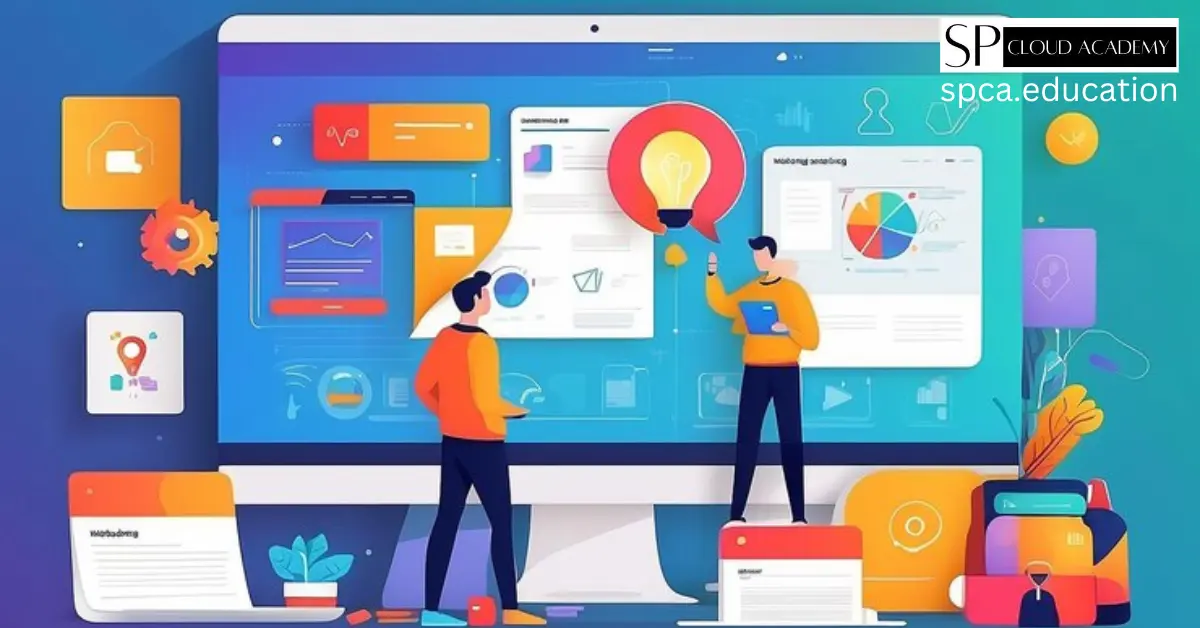
The Ultimate Guide to Streamlining Project Management and Collaboration with Google Sites
-
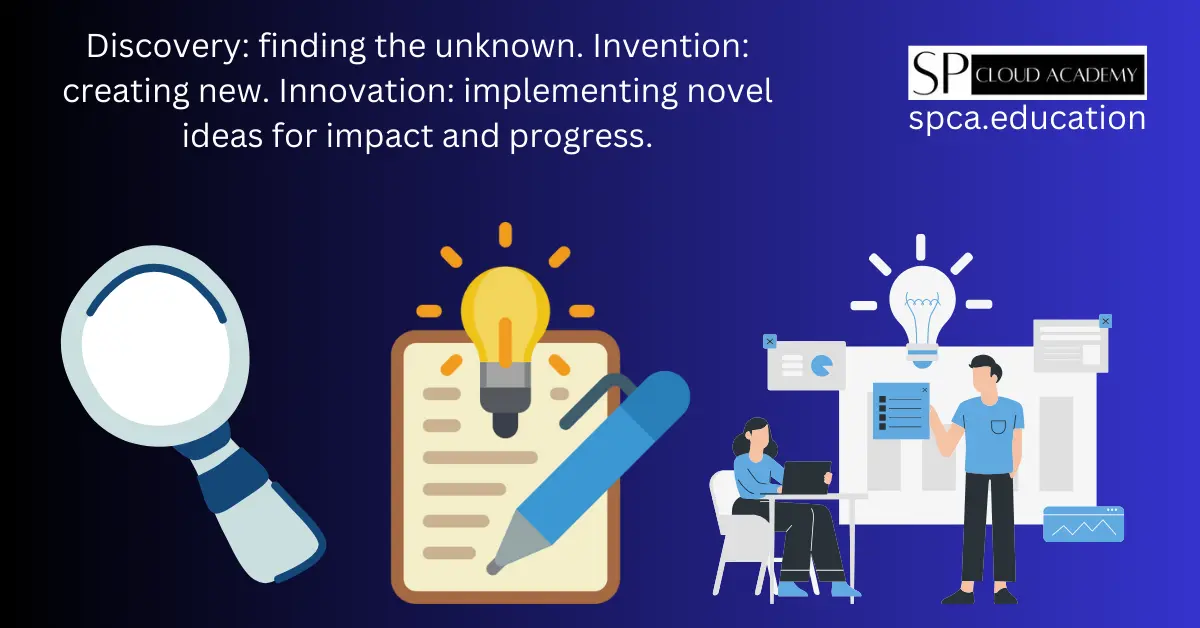
The Dynamics of Discovery, Invention, and Innovation: Unveiling the Key Differences in Driving Progress
-
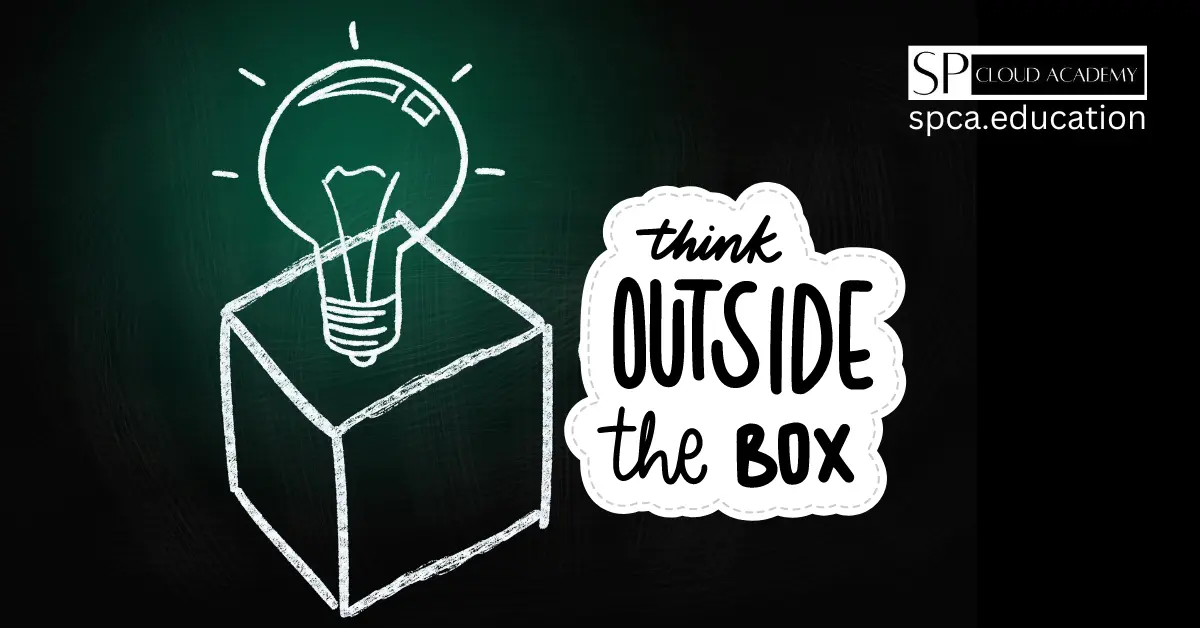
Unlocking Limitless Potential: How to Master the Art of Thinking Outside the Box
-
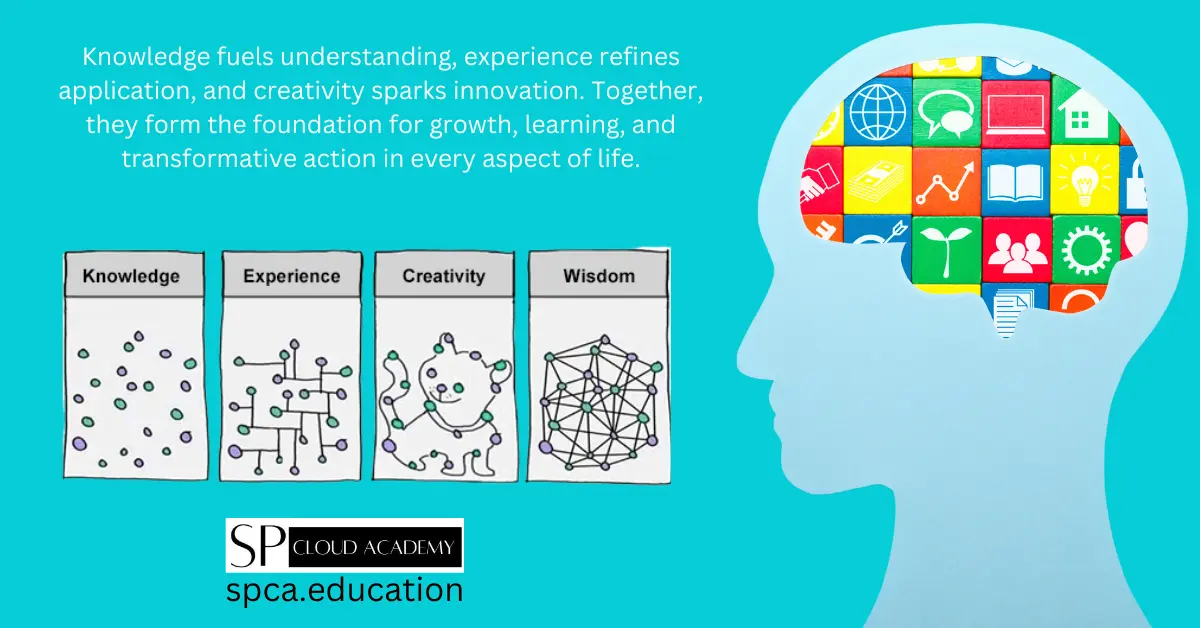
Unleashing the Power of Knowledge, Experience, and Creativity: A Winning Trio for Success
-
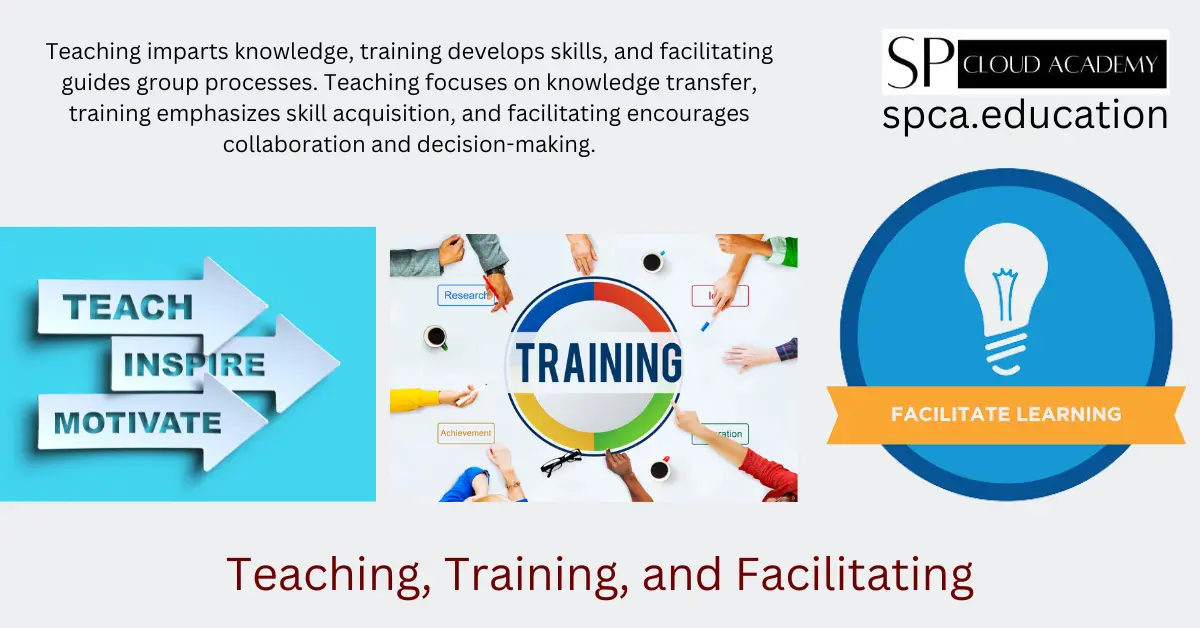
Unlocking the Power of Education: A Comparative Study on Teaching, Training, and Facilitating
-

The Ultimate Guide to Creating and Publishing an e-Library on WordPress: A Step-by-Step Approach
